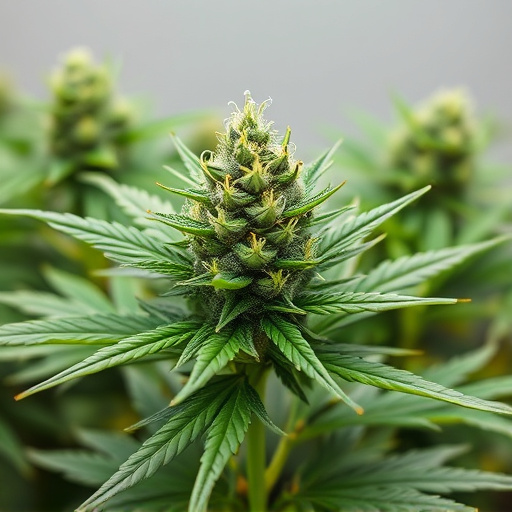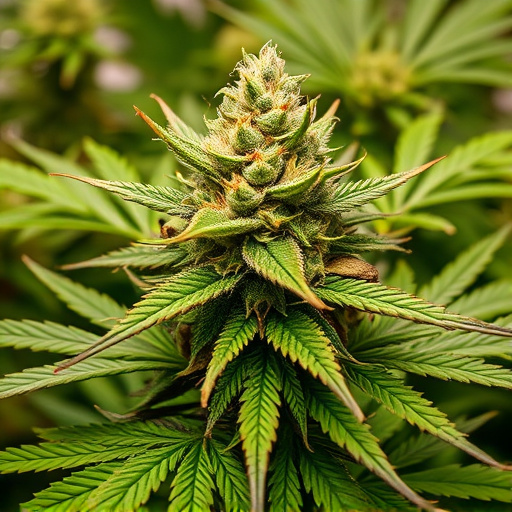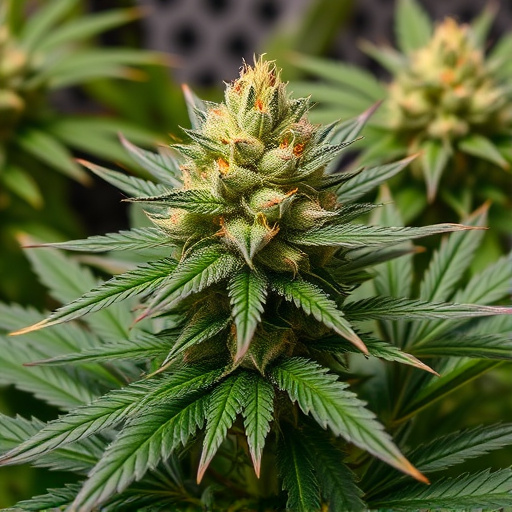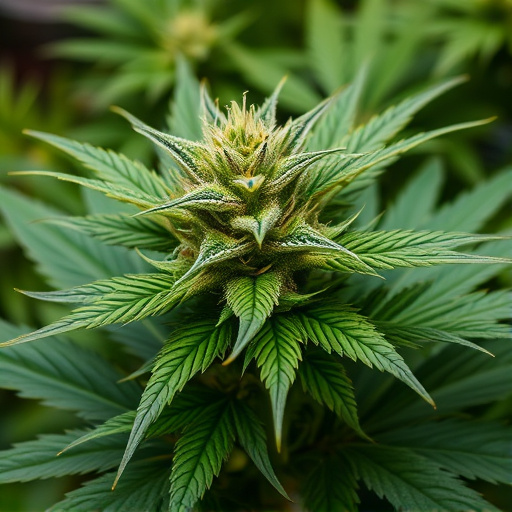While high-potency THC cannabis strains offer therapeutic benefits, they can also induce anxiety, paranoia, and cognitive impairment. To mitigate these side effects, lifestyle adjustments such as exercise, meditation, balanced diet (rich in omega-3s, vitamins B & D, magnesium, zinc), and hydration are effective. Research is ongoing to create safer newest strains of cannabis through manipulating CBD:THC ratios, developing precise delivery methods like vaporizers and topical creams, and genetically engineering plants for optimal cannabinoid profiles.
Cannabis has gained popularity, but understanding its negative effects is crucial, especially with the emergence of newer strains. This article explores common concerns associated with these modern varieties. We’ll discuss lifestyle adjustments and dietary choices to alleviate discomfort caused by cannabis consumption. Furthermore, we delve into medical options and future research aiming to reduce side effects, providing insights for informed decision-making in navigating the latest strains on the market.
- Understanding Negative Effects of Cannabis: Common Concerns with Newest Strains
- Lifestyle Adjustments and Dietary Choices to Mitigate Discomfort
- Exploring Medical Options and Future Research for Reduced Side Effects
Understanding Negative Effects of Cannabis: Common Concerns with Newest Strains

Cannabis, while known for its therapeutic and recreational uses, is not without potential negative effects. As consumption becomes more mainstream, especially with the emergence of newer strains, understanding these side effects has become increasingly important. One common concern revolves around heightened anxiety and paranoia, which can be exacerbated by certain high-THC strains—a component that has seen significant increases in concentration over the years. These potent varieties may provide intense highs, but they can also trigger or worsen conditions like panic attacks and social anxiety for some users.
Additionally, cognitive impairment is another side effect worth noting, particularly with regular use. Research suggests that long-term cannabis consumption could impact memory and attention. The newest strains, often marketed for their medicinal benefits, may offer a range of effects, but it’s crucial to approach them with awareness. These varieties might provide targeted relief for specific conditions, but they also carry the potential for adverse reactions, especially when consumed irresponsibly or without medical guidance.
Lifestyle Adjustments and Dietary Choices to Mitigate Discomfort
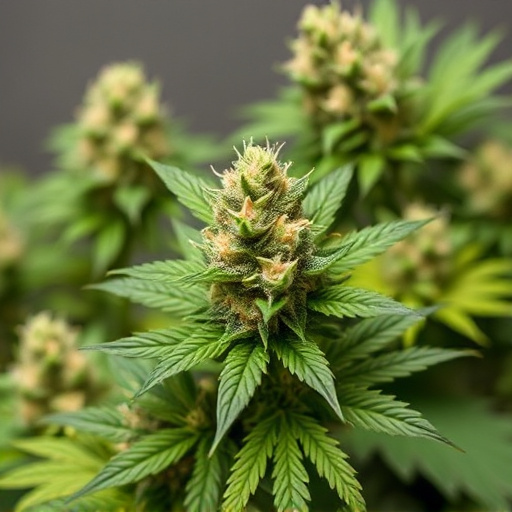
Many individuals looking to consume cannabis for its therapeutic benefits or recreational enjoyment may experience negative side effects, such as anxiety, paranoia, and gastrointestinal discomfort. However, lifestyle adjustments and dietary choices can play a significant role in mitigating these potential discomforts associated with even the newest strains of cannabis. Incorporating regular physical activity, stress management techniques like meditation or yoga, and ensuring adequate sleep can help regulate one’s mental state and reduce the likelihood of adverse reactions.
A balanced diet rich in omega-3 fatty acids, vitamins B and D, magnesium, and zinc has been linked to improved cannabis tolerance and overall well-being. These essential nutrients support brain health, promote relaxation, and aid in reducing inflammation. Incorporating foods like fatty fish, nuts, seeds, leafy greens, and whole grains can contribute to a more positive cannabis experience. Additionally, staying hydrated and avoiding excessive consumption of processed foods or high-sugar beverages may lessen the intensity of any discomfort.
Exploring Medical Options and Future Research for Reduced Side Effects
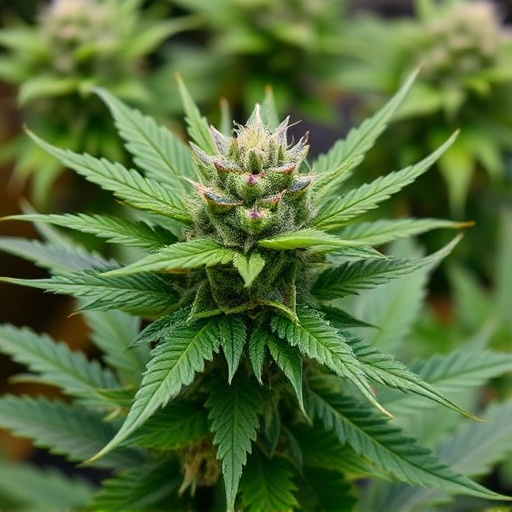
Exploring Medical Options and Future Research for Reduced Side Effects
As we delve into the evolving world of cannabis, researchers are continually exploring new strains with reduced negative effects. The newest strains of cannabis have been developed to offer a better balance between therapeutic benefits and minimal side effects. These strains often contain higher levels of cannabidiol (CBD), a non-psychoactive compound known for its calming and anti-inflammatory properties, while maintaining lower concentrations of tetrahydrocannabinol (THC), the primary psychoactive ingredient associated with cannabis’ intoxicating effects.
Future research holds promise for further mitigating cannabis’ adverse impacts. Scientists are investigating novel delivery methods, such as vaporizers and topical creams, which can offer more precise dosing and potentially reduce overall ingestion. Additionally, genetic engineering of cannabis plants to enhance specific cannabinoids or terpenes could yield strains with even more favorable profiles. These advancements suggest a future where cannabis therapy becomes safer and more accessible for those seeking relief from pain, anxiety, and other conditions without compromising their quality of life.
In light of the growing popularity of the newest strains of cannabis, it’s crucial to balance potential enjoyment with awareness of negative effects. Through understanding these impacts and adopting lifestyle adjustments, dietary choices, and even exploring medical options, users can navigate their cannabis experience more safely and comfortably. Future research promises further insights into reducing side effects, fostering a healthier and more enjoyable relationship with this complex plant.








